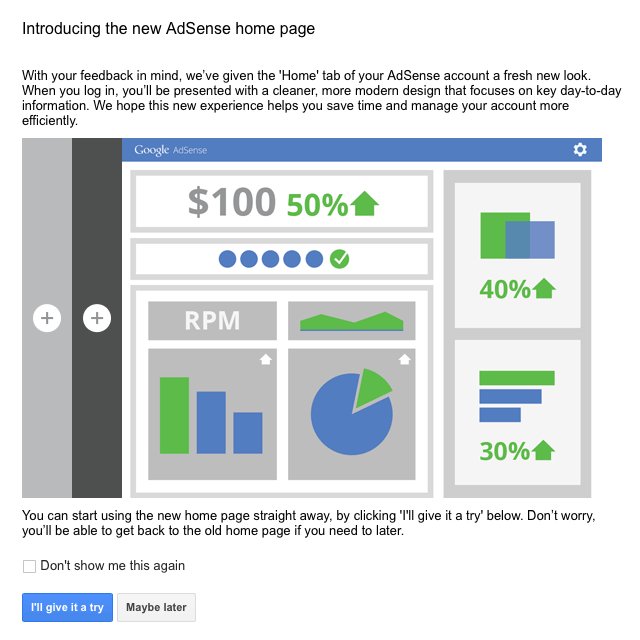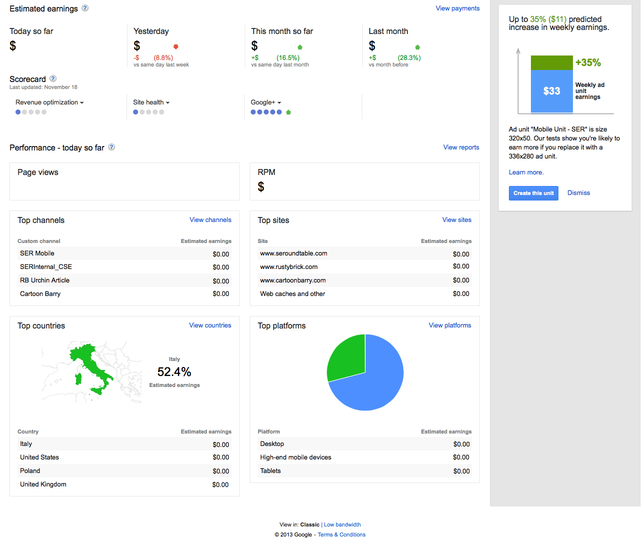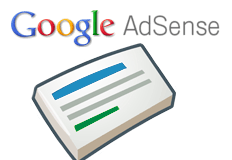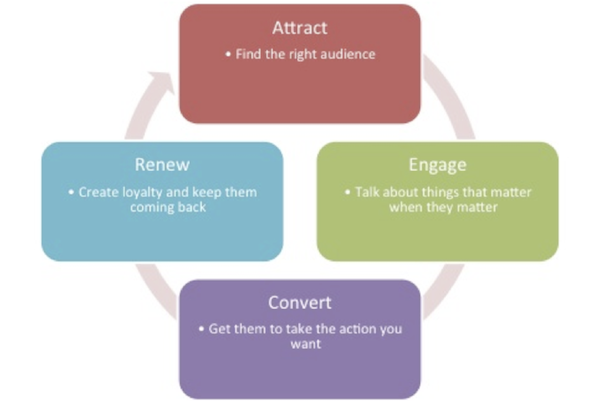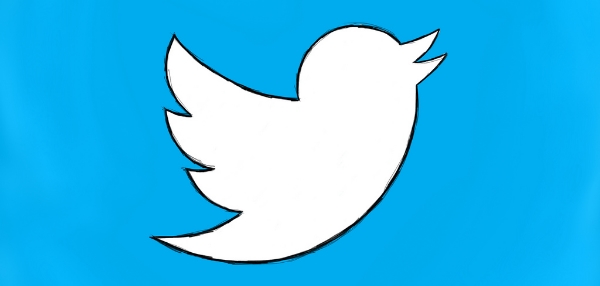
Source: Shawn Campbell
It is no secret that nearly every big brand is on Twitter these days, and plenty of smaller businesses are learning to take advantage of the platform every day. But, there are plenty of ways you can mess up when trying to connect with your audience on one of the largest social media platforms around. As a new study on how top brands use Twitter shows, the biggest mistake you can make is simply neglecting your account.
The study from social media analytics firm Simply Measured showed that 92 percent of brands are tweeting an average of 12 times a day, and 98 percent of the top brands in today’s market are regularly active on Twitter.
In fact, consumers seem to be downright eager to follow brands on Twitter, as audiences for the top brands have grew by 20 percent in the last quarter of 2013. Over half of the brands have more than 100,000 followers each.
Of course, it doesn’t matter how often you tweet if you aren’t sharing things that excite the community and encourage engagement. As Marketing Land notes, the tweets with photos or links are more likely to receive activity than the traditional 140 character updates. But, it might be a surprise to see just how much better they perform. Simply Measured says tweets with photos or links see 150 percent more engagement than the brand averages.
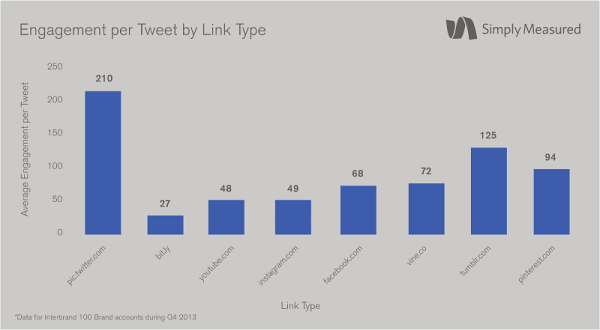
Images see even more engagement than links by a large amount, with an average of 210 engagements per tweet. That absolutely dwarfs the 27 engagements on average for a bit.ly link.
You can download the full report from Simply Measured’s website.

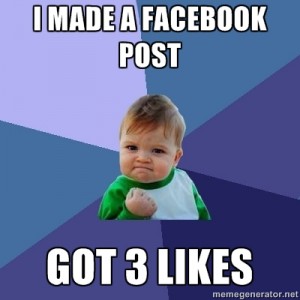 When the news broke of Facebook’s updates to their News Feed, advertisers everywhere scrambled to analyze the changes. Well, it appears
When the news broke of Facebook’s updates to their News Feed, advertisers everywhere scrambled to analyze the changes. Well, it appears 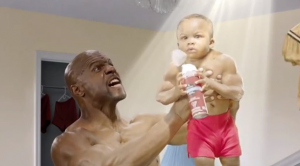 Every brand wants their commercials to go viral, but how do you connect with viewers on the internet? It might seem like common knowledge, but the best way to get users searching for your commercial is comedy. At least,
Every brand wants their commercials to go viral, but how do you connect with viewers on the internet? It might seem like common knowledge, but the best way to get users searching for your commercial is comedy. At least, 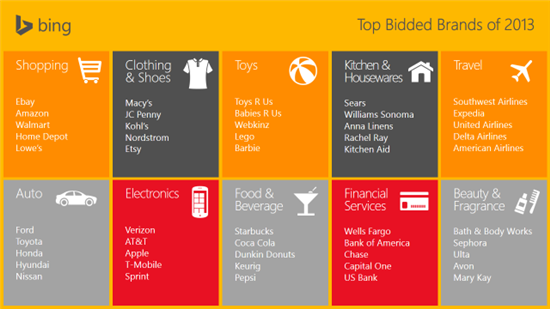


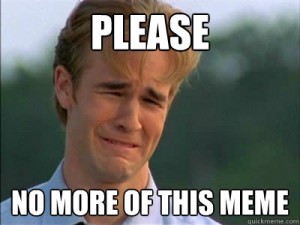 Yesterday Facebook
Yesterday Facebook  Maybe Google really is listening. At long last, they have finally added one of the most requested features for AdWords by implementing the simple “Undo” function. It is exactly what it sounds like, basically backing up settings for all aspects of your account and keeping track of the changes you made. If you click the button, your campaign will return to the state it was at the specified time.
Maybe Google really is listening. At long last, they have finally added one of the most requested features for AdWords by implementing the simple “Undo” function. It is exactly what it sounds like, basically backing up settings for all aspects of your account and keeping track of the changes you made. If you click the button, your campaign will return to the state it was at the specified time.